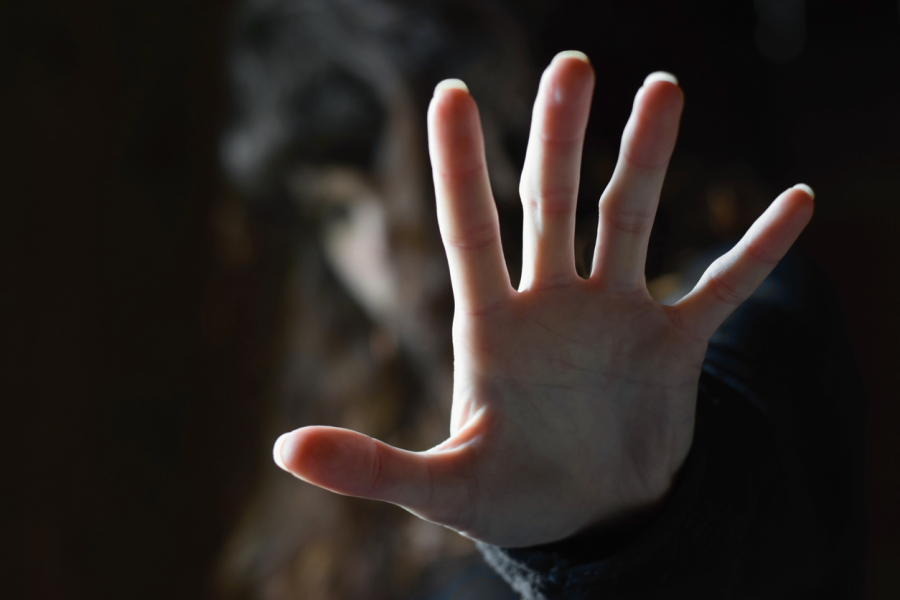The ‘duty to prevent’ sexual harassment: How the UK Worker Protection Act impacts sports organisations and employees

The interest in women’s sport has increased exponentially over recent years, especially after the Lionesses’ success at the 2022 European Championships. As a result of their increased success and improved public profiles, female athletes’ prominence on the online stage has given rise to an increased risk of being subject to unwanted and inappropriate conduct. While sport has the potential to empower individuals, it does not exist in a bubble, and is still subject to the “scourges of society”.[1] An alarming study has found that 93% of athletes have experienced sexual harassment, sexual assault or other unwanted conduct within sport, with the majority of those subject to this conduct being women.[2] There is also a worrying increase in online abuse. Kick It Out (an organisation that campaigns against discrimination in football) reported that there was a 279% increase in reports of online abuse in the 2022/2023 season.[3] This has led to a surge in instances of sexual harassment especially against women in sport.
However, sexual harassment is not a new phenomenon and the stream of news on the Harrods scandal has brought to light the severity and commonplace nature of sexual harassment in the workplace, with approximately 3 in 5 women experiencing harassment at work.[4] Now feels like an appropriate time to take a deeper dive into the prevalence of sexual harassment in a sporting environment, and consider how the government’s new proactive duty on employers ought to improve protection for people. This article will first summarise what sexual harassment is, before analysing the new Worker Protection (Amendment of Equality Act 2010) Act 2023 and how clubs and governing bodies can make changes to help better protect their athletes and employees (as broadly defined under the Equality Act 2010):
- What is sexual harassment?
- The new “preventative duty” on employers
- Consequences for non-compliance
- What can sports organisations do to prevent sexual harassment?
- What measures should athletes and employees be taking?
- Key takeaways
To continue reading or watching login or register here
Already a member? Sign in
Get access to all of the expert analysis and commentary at LawInSport including articles, webinars, conference videos and podcast transcripts. Find out more here.
Related Articles
- Top 10 tips for safeguarding children and vulnerable adults in sports
- Access To Justice For Survivors Of (Sexual) Harassment And Abuse In Sports
- What steps can sports organisations take to protect officials & athletes from online abuse?
- Childhood sexual abuse claims: How proposed reforms to UK limitation periods could impact sports organisations
Written by
Amelia Matthews
Amelia is an employment law specialist solicitor who joined Draper Lang on qualification in July 2024, having previously trained in a full-service law firm in Bristol. Amelia has experience working closely with clients in various aspects of employment law. She enjoys working and building meaningful relationships with employers, helping to achieve their business aims and has experience of advising employees in respect of Settlement Agreements and other issues, including unfair dismissal, contract claims and discrimination. Amelia is a keen golfer and footballer. She particularly enjoys working on sports- related matters, especially related to equality and discrimination in women’s sport.




